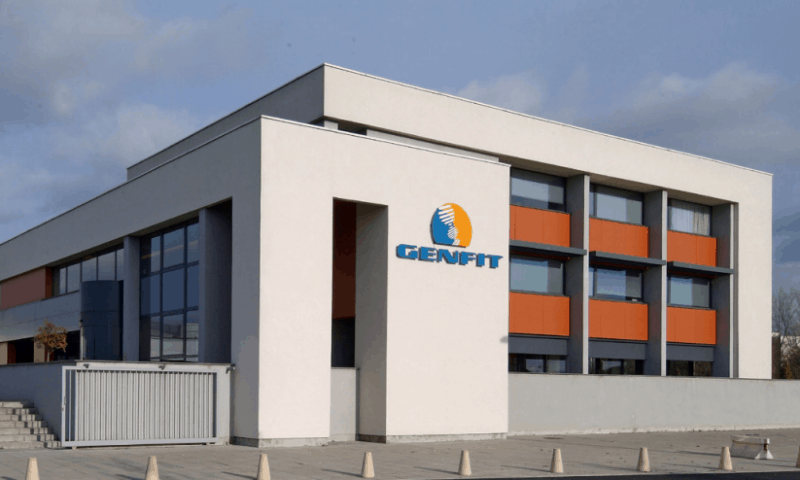Genfit’s lead drug failed a phase 3 study in NASH, joining a growing number of fatty liver prospects that have bitten the dust. The drug, elafibranor, did not beat placebo at improving NASH symptoms without making liver scarring worse, interim data show.
The study pitted elafibranor against placebo in 1,070 adults with nonaloholic steatohepatitis (NASH) with stage 2 or stage 3 fibrosis. After 72 weeks of treatment, the study missed its primary endpoint, with 19% of patients in the treatment arm achieving NASH resolution—improvements in liver inflammation and liver cell ballooning—without their scarring getting worse, compared to 15% of patients in the placebo group.
The drug did no better on the study’s secondary endpoints. There was “no significant difference” between the elafibranor and placebo groups on metabolic measures, like elevated triglyceride and cholesterol levels. Only 25% of elafibranor patients saw their scarring improve by at least one stage, compared to 22% of placebo patients—another measure that did not hit statistical significance.
“These results are highly disappointing, not only for the GENFIT team, but also for patients and healthcare providers as there continues to be considerable unmet medical need in the NASH space,” Genfit CEO Pascal Prigent said in a statement Monday afternoon.
Placebo response rates in previous NASH trials have hovered around 5% to 9%, while Genfit’s trial logged a rate as much as threefold higher, Prigent said on a conference call discussing the results. There are no obvious clues as to why so many patients improved on placebo, but the company will crunch its interim data—and the full dataset, when that comes in—to figure out if there’s any way forward for elafibranor in NASH.
In the meantime, Genfit will keep developing the drug for another liver disease, primary biliary cholangitis (PBC), and work on NIS4, a blood test that could become the first diagnostic approved specifically for NASH. It doesn’t think the NASH flop portends the same outcome in PBC because they are “very different diseases,” Prigent and Genfit Chief Operating Officer Dean Hum, Ph.D., said on the call.
The company is also “actively exploring options from a business development standpoint,” Prigent said on the call, meaning it could pick up new assets to fill the pipeline gap left by its NASH program.
“We will provide updated guidance on our global corporate strategy later in the year, once we have more clarity on the regulatory implications of the RESOLVE-IT interim readout, as well as more visibility on the evolution of the impact of the worldwide pandemic on our ongoing studies,” Prigent said in the statement.
The phase 3 flop comes five years after elafibranor missed the same primary endpoint in a phase 2 study. At the time, Genfit blamed that failure on an enrollment error and the use of too many study sites. It designed the phase 3 program to focus on patients with more advanced disease, a move that some were skeptical of.
“That Genfit pushed into phase 3 based on a multiple post-hoc analysis of a failed trial is probably the biggest red flag here, though there are also mechanistic concerns when it comes to PPAR agonism,” Vantage wrote last summer.
Elafibranor targets PPAR-alpha and PPAR-delta, which are nuclear receptors, a type of protein found inside cells that plays a role in cellular metabolism. This dual mechanism was thought to save it from the fate of seladelpar, a drug that targeted only PPAR-delta. Cymabay, its maker, ended studies in NASH and primary sclerosing cholangitis after biopsies showed liver damage in some patients.
Although Genfit sees no path to approval based on the phase 3 study, data analyses could pinpoint certain patient subgroups who fared better on elafibranor, which could pave the way for new trials in narrower patient populations. If the analyses don’t pan out, however, elafibranor has plenty of company on the NASH scrap heap, including Gilead’s ASK1 inhibitor, selonsertib, and Novartis and Conatus’ pan caspase inhibitor, emricasan.

